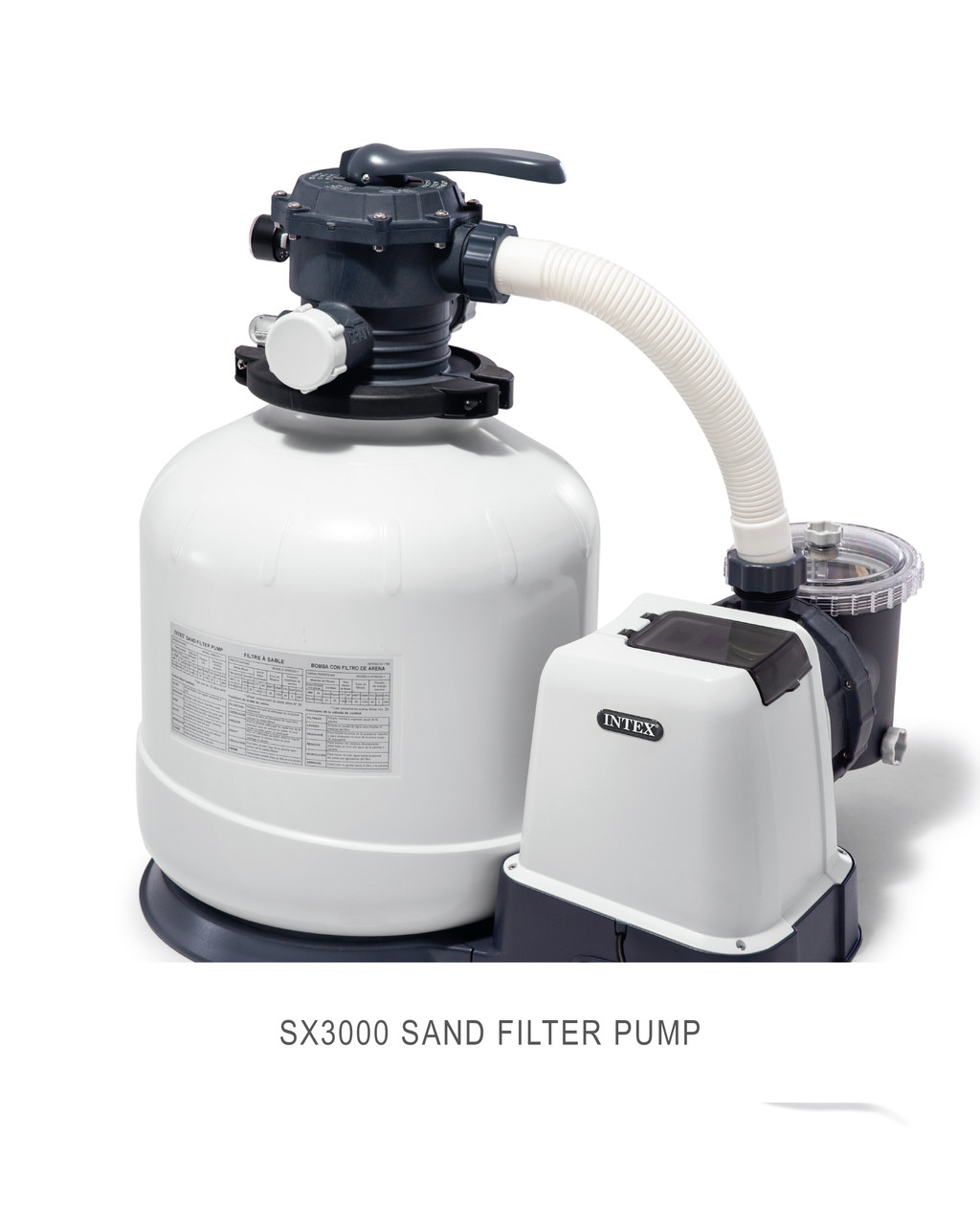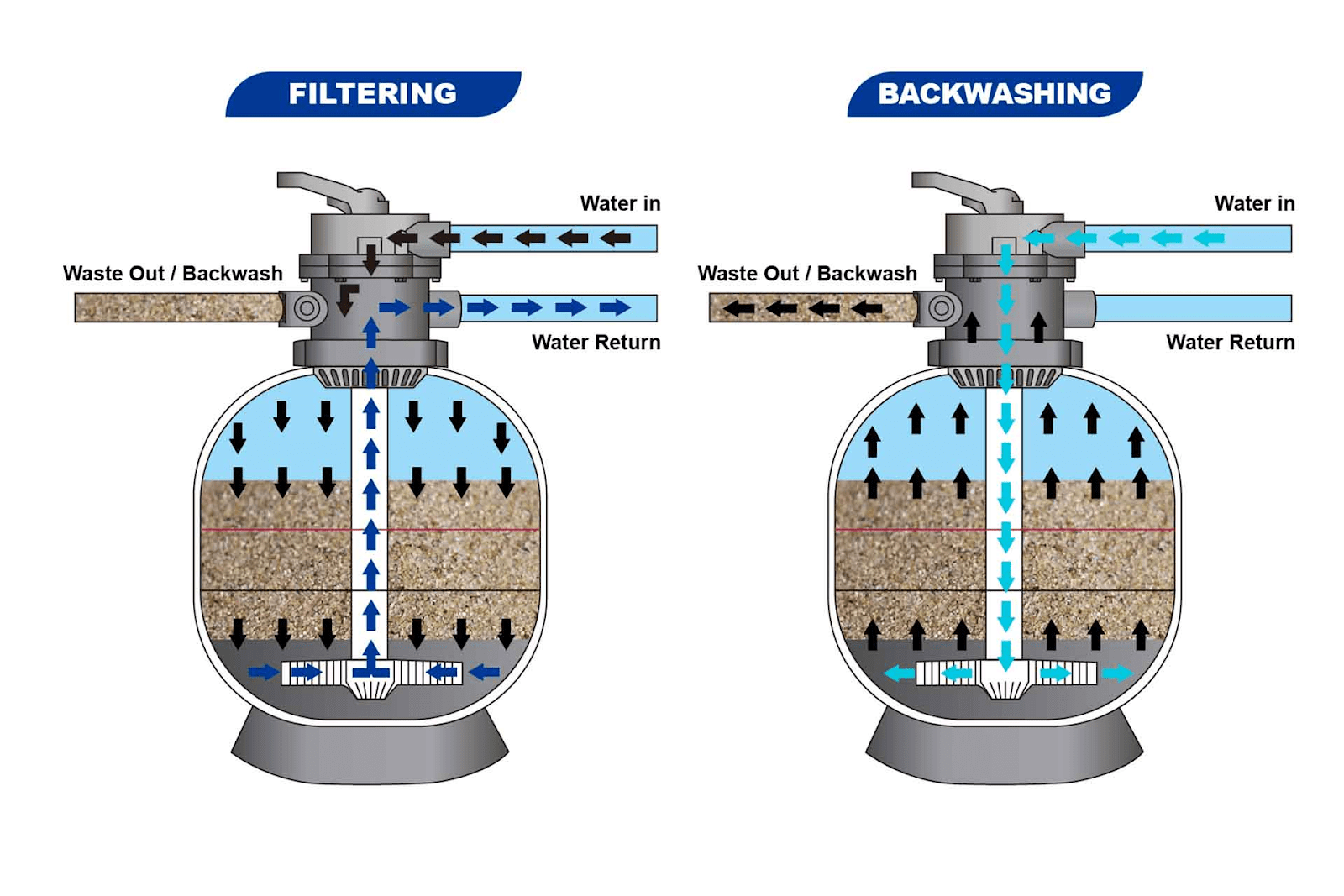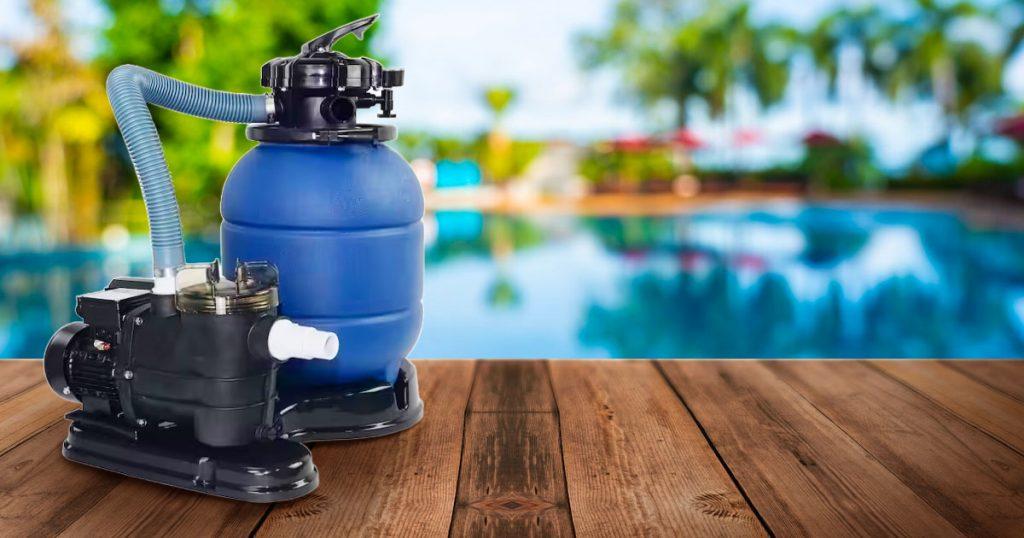Summertime is synonymous with fun-filled pool days, where both children and adults can enjoy the refreshing blue water under the warm sun. While some may have the luxury of visiting the beach, many find the convenience and safety of a swimming pool more appealing. Pools, particularly in-home ones, offer a controlled environment where safety measures can be enforced more easily, especially when children are involved.
However, safety isn’t just about preventing accidents in the water. It’s also about ensuring the water itself is clean and safe to swim in. This is where a Sand Filter System for pools comes into play.
Understanding the Sand Filter System
A multitude of contaminants, from dirt and leaves to bacteria and algae, can be found in swimming pools. According to the Centers for Disease Control and Prevention, recreational water illnesses can spread by swallowing or coming into contact with contaminated water in swimming pools. This emphasizes how crucial it is to set up an efficient filtration system.
A key player in maintaining pool cleanliness is the Sand Filter System. This filtration system leverages the natural filtering capabilities of sand to remove impurities, keeping your pool water clear and safe.

Krystal Clear™ Sand Filter Pump – 3000 GPH
Image from intexcorp.com
How a Sand Filter Pump Works
A sand filter pump works on the principle of mechanical filtration. As water passes through a bed of filter-grade sand, dirt and debris are trapped in the spaces between the sand particles, allowing clean water to flow out of the filter.
The process starts when pool water is pumped into the top of the filter tank. After that, the water passes through the sand bed, where the filtering process takes place. Sand has tiny pores that allow dirt and debris to get trapped as water filters through it. After passing up the standpipe and through the bottom laterals of the filter, the filtered water enters the pool again and exits through the control valve.
This method of filtration can remove particles as small as 20 microns from the water. Over time, as the filter collects more debris, the pressure within the filter increases. When the pressure reaches a certain point (typically 8-10 psi above the starting pressure), the filter requires backwashing to clean the sand and reset the pressure.
Backwashing is a technique used to remove and flush out trapped debris from filters by reversing the direction of water flow through the filter. A waste line is used to release the contaminated water after it has been filtered.

Sand Filter Pump – Filtering and Backwashing
Image from streampumps.com
Here’s a basic step-by-step guide to using this system:
Filtration
Set the multi-port valve to ‘filter’ mode. In this configuration, the water from the pool is forced through the sand bed and into the top of the filter tank. The clean water is returned to the pool after the dirt and debris are captured by the sand filter.
Backwashing
It is time to backwash the filter when the pressure gauge registers a rise in pressure, typically 8 to 10 psi above the initial pressure. Set the valve to ‘backwash’ mode. This reverses the water flow, flushing out the trapped debris.
Rinsing
After backwashing, set the valve to ‘rinse’ mode. For approximately one minute, run the pump to remove any last bits of debris from the pipes.
Recirculation or Draining
If you need to bypass the filter for any reason (such as adding chemicals to the pool or lowering the water level), you can use the ‘recirculate’ or ‘drain’ settings.
Features of a Sand Filter Pump
A sand filter pump is more than a mere component of your pool; it’s an integral part of maintaining the cleanliness and safety of your swimming environment. This filtration system comes with several features that enhance its performance, including:
Multi-Port Valve
This feature allows the sand filter to perform different functions. It can filter, backwash, rinse, recirculate, close, and drain the system, providing versatility in maintaining your pool. The multi-port valve is essential for directing water flow and managing the filter’s operations.
Filter Tank
The tank, often made from durable, corrosion-resistant materials, houses the sand used for filtration. As pool water passes through the sand tank, impurities are trapped in the sand, allowing clean water to exit the filter.
Sand Media
An important factor in capturing dirt and debris in the filter is the sand used in it. The types of sand used in these systems typically include silica, quartz, or garnet. These organic materials have shown to be efficient at removing contaminants.
Pressure Gauge
This feature monitors the pressure inside the filter. When the pressure rises, it means there is a lot of debris in the filter and it needs to be backwashed.
Internal Design
Certain sand filters have a unique internal construction that keeps the sand bed level and guarantees uniform water flow for the best filtration performance.
Ensuring a Safe and Clean Pool with a Sand Filter System
Your swimming pool’s cleanliness and safety depend heavily on how well it is operated and maintained. Regular maintenance is crucial to preserving the efficiency of your filter system, extending its lifespan, and ensuring the water in your pool stays crystal clear.
When it comes to choosing the sand for your filter, typically, #20 silica sand is recommended. This type of sand has the perfect granule size and is capable of trapping impurities while allowing water to flow through. Other types of sand, like zeolite and glass media, are also viable options, offering various benefits such as finer filtration and a longer lifespan.
As we conclude our comprehensive guide on how to use a Sand Filter System for pools, it’s important to remember that understanding the features and functions of your Sand Filter System is key. With proper operation and regular maintenance, you can optimize the performance of your filter system and maintain a safe, clean, and enjoyable swimming environment for everyone.
To ensure your health and safety, keep in mind that having a clean pool is not only a luxury. So, dive into the world of Sand Filter Systems, and keep your pool at its best!
